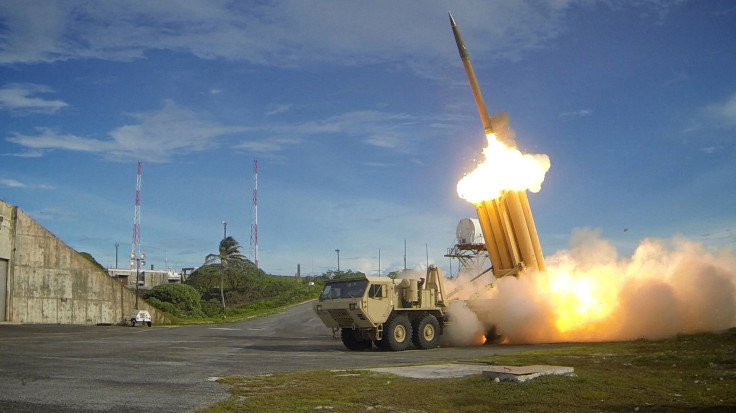US THAAD Anti-Missile System To Be Deployed In South Korea’s Seongju County

Amid North Korea’s protest over an advanced anti-missile system that the U.S. and South Korea have agreed to install in the Korean Peninsula, Seoul announced Wednesday that the site where it will be deployed has been finalized. The plan to deploy Terminal High Altitude Area Defense (THAAD) system, which is expected to help counter North Korea's missile and nuclear threats, has been criticized by Russia and has also angered China.
The South Korean Defense Ministry said Wednesday that the THAAD system would be deployed in the southern county of Seongju, about 184 miles southeast of Seoul. South Korea and the U.S. announced last Friday that they had made a final decision to deploy the system “as soon as possible,” most likely by the end of 2017.
The placement of the THAAD system in mountainous Seongju, would help “more firmly secure the safety of our people living in two thirds of South Korea's territory while dramatically increasing the capacity to defend key state facilities like nuclear power plants and oil storages as well as the South Korea-U.S. alliance forces,” Yoo Jeh-seung, South Korea's deputy defense minister for policy, said in a statement obtained by Yonhap.
Authorities believe that Seongju will provide better protection for South Korean and U.S. military headquarters, including Camp Humphreys, a new U.S. military base, where most of the 28,500 American troops stationed in South Korea will be moved to by next year. The region is located relatively far from China, while it is also beyond the reach of North Korea's long-range missile systems, Yonhap reported.
North Korea’s military on Monday said it would make a “physical response” once the location and time of the THAAD installation were decided.
Although South Korea and the U.S. said that the THAAD system would only be used in defense against North Korean ballistic missiles, China argued that the move could undermine the regional security. The country reportedly said last month that THAAD's X-Band radar has a range of nearly 1,243 miles and can be used to spy on Beijing's military activities.
© Copyright IBTimes 2024. All rights reserved.












